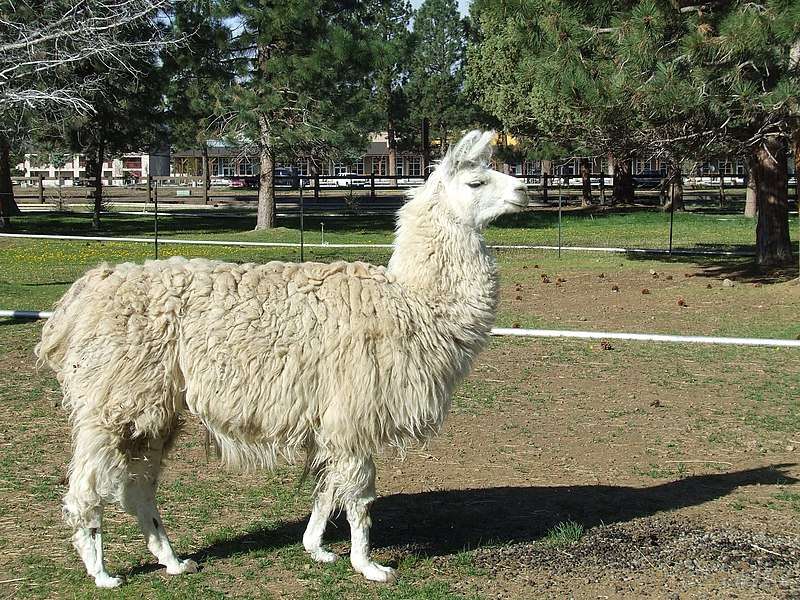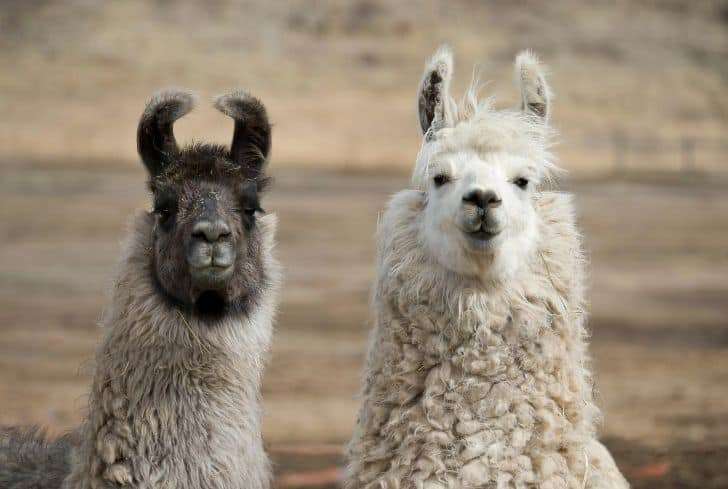
Description:
The llama, the guanaco’s domestic counterpart, and the vicuna and alpaca, who are related to them, also have thick skin on their necks. Unlike domestic llamas, they have very little variation in their hue, which ranges from light brown to dark cinnamon and shades to white below. Guanacos have small, straight ears and gray features. A guanaco’s life expectancy is up to 28 years.
To ward off predator bites, the coat is thicker and double-layered around the neck. Guanacos have small, straight ears, split upper lips, and two cushioned toes on each foot.
Behavior:
Moms are combative while dealing with predators. Males chase and bite at females’ hind legs to keep control of their harems, and they forcefully kick out young ones. Territorial conflicts can turn violent and destructive.
A single dominant male, females, and their young make up family units. Males are separated from their family group and forced to live alone once they turn one year old. Males who are alone gradually establish little groups. Guanacos for communication use several sounds.
They essentially chuckle in the face of danger, bleating briefly to warn the herd. When threatened, they are able to spit up to six feet away. Guanacos have developed to be exceptional swimmers and runners because they dwell in locations with minimal protection from danger.
It was simple for people to tame and train the wild guanacos, who eventually transformed into the llamas we know and love today, because of their peaceful, docile demeanor.
Benefits/Uses:
Because of their peaceful demeanor, people began to domesticate guanacos to be used as pack animals. They are raised in the Andes for their wool, meat, and skin as well as for use as pack animals.
Origin/History:
Although the molecular phylogenetic analysis conducted in 2001 indicated that guanacos are the parent species of domesticated llamas, it also revealed that domestic llamas had undergone significant cross-hybridization with alpacas, who are descended from the wild vicuna. South American steppes, savannas, and hilly environments are home to guanacos. These can be found in Patagonia, the altiplano of Peru, Bolivia, and Chile, as well as a tiny portion of Paraguay.
Keeping as Pet

Diet
- Food
Largest herbivore in South America’s dry regions
Consumes leaves, herbs, and grasses
Adaptive, all-encompassing diet
Grazing on lichens and cacti was observed
- Water
Drink from ponds and streams
Sporadic throughout the day
- Foraging
Favored herbaceous plants for foraging.
Feed on trees and shrubs throughout the winter.
Table





